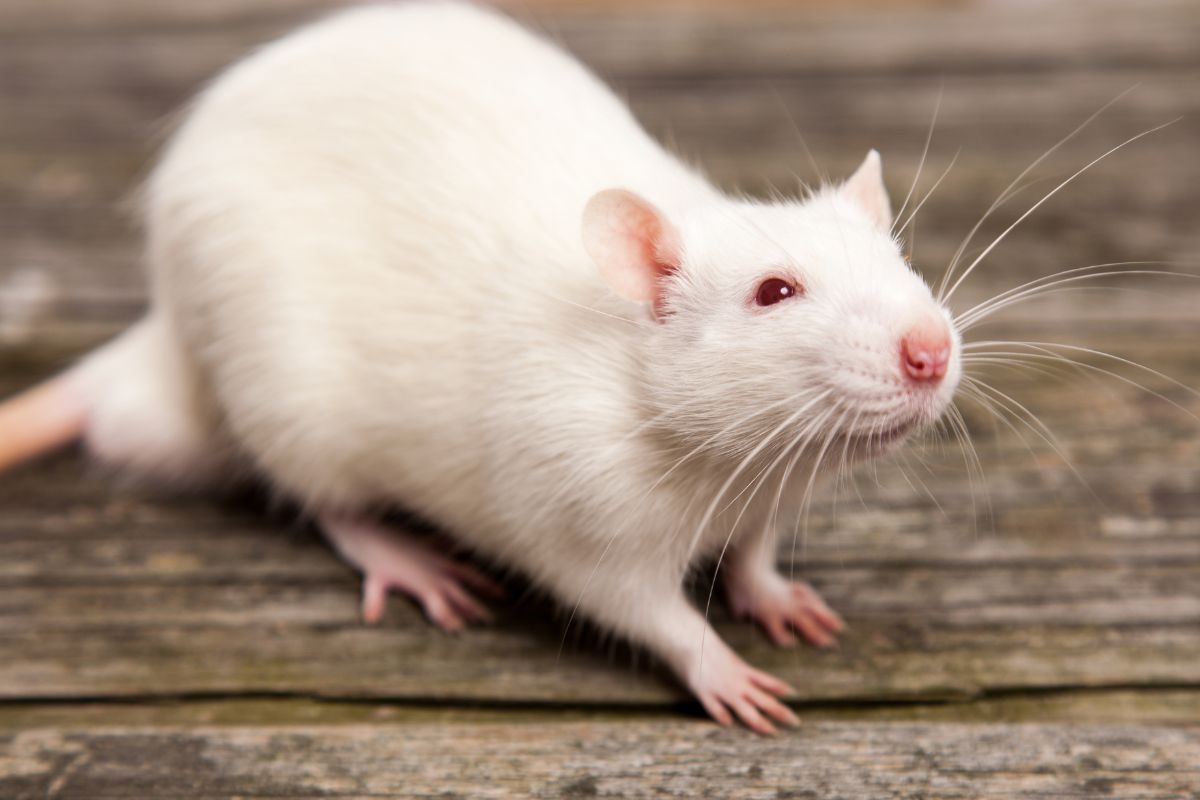Winter, with its frosty mornings and biting winds, casts a spell of transformation across the landscape. As the world dons its icy cloak, it ushers in a unique set of challenges and adaptations for both humans and creatures alike. Among the less celebrated winter inhabitants are stealthy and resourceful rats that, like clockwork, seek shelter and sustenance during the season’s chill.
While rat infestations are a concern year-round, the winter months often witness a surge in these unwelcome guests. To comprehend why winter is a favored season for rats and how the weather plays a pivotal role in rat infestations, we embark on a journey into the frosty realms of rodent behavior and the conditions that draw them closer to our homes and businesses.
1. Seeking Shelter from the Cold
One of the primary reasons rats become more prevalent in winter is their quest for shelter from the cold. As temperatures drop, rats seek warmth and protection from the elements, and they often find it in our homes, businesses, and other structures. Rats can squeeze through surprisingly small openings, making it relatively easy to find their way indoors.
2. Limited Food Sources
Winter also limits the availability of food sources for rats. With fewer outdoor options, they are more likely to venture into buildings for sustenance. Rats are opportunistic feeders, and they can subsist on a wide range of food scraps, making homes and businesses attractive targets during the season of scarcity.
3. Breeding Patterns
Rats are known for their prolific breeding capabilities. While they can reproduce throughout the year, their breeding often peaks during the warmer months. However, these winter infestations can involve pregnant females seeking a cozy nesting site to give birth to their litters, potentially leading to larger populations.
4. Hiding in Plain Sight
Rats are nocturnal creatures, which means they tend to be more active at night. The longer nights of winter give them extended periods of darkness to forage for food and explore their newfound indoor habitats without being detected.
5. Prevention Is Key
Adopting proactive measures is paramount When safeguarding your home or business against the unwelcome presence of rats during the winter months. Rats are resourceful creatures that can exploit vulnerabilities, so creating an inhospitable environment for them is essential. Let’s delve deeper into these preventive strategies to ensure you’re well-prepared for the winter rat challenge:
Seal Entry Points: Fortify Your Defenses
The first line of defense against rats is to seal off potential entry points. Rats can infiltrate your premises through cracks, gaps, and openings around pipes and vents. Begin by thoroughly inspecting your property, paying meticulous attention to these vulnerable areas. Seal any openings you discover with appropriate materials, such as caulk, weatherstripping, or wire mesh. By denying rats easy access, you make it significantly more challenging for them to infiltrate your space.
Maintain Cleanliness: Eliminating Temptation
Rats are attracted to food sources, and winter’s limited outdoor options intensify their quest for sustenance. A clean environment is your ally in deterring them. Ensure your premises remain pristine by adopting the following practices:
- Airtight Food Storage: Store food items in airtight containers, denying rats access to their preferred dining options. This simple step can make a significant difference in preventing infestations.
- Prompt Spill Cleanup: Accidental spills are inevitable, but swift action is crucial. Clean up spills immediately to eliminate potential food sources for hungry rodents.
- Secure Trash Bins: Rats are notorious for rummaging through trash bins. Keep yours securely sealed to prevent them from feasting on discarded leftovers.
By maintaining cleanliness and reducing available food sources, you create an environment that is far less appealing to rats.
Regular Inspections: Early Detection Is Key
Vigilance is your ally in the battle against rats. Periodically inspect your property for any signs of rat activity. Look for telltale indicators like rat droppings, gnaw marks, or chewed wires. Early detection allows you to address potential infestations before they escalate into larger problems. Act promptly if you notice any signs of rats, as swift intervention can prevent an infestation from taking hold.
Professional Pest Control: The Expert’s Touch
In some cases, despite your best efforts, rats may prove persistent. When faced with a rat problem that seems impossible, consider enlisting the services of a professional pest control company. These experts have the knowledge, tools, and experience to eradicate existing infestations and implement preventive measures to safeguard your property.
Landscaping Maintenance: Trim for Safety
Rats are adept climbers who can use overhanging branches and shrubs to access your building. To mitigate this risk, regularly trim and maintain your landscaping. Keeping vegetation away from your structure makes it less convenient for rats to find their way indoors.
Education and Awareness: The Whole Team’s Responsibility
Finally, ensure that everyone in your household or workplace is educated about the signs of rat infestations and the importance of taking swift action. Encourage a culture of awareness and responsibility when it comes to rat prevention. Prompt reporting of any suspected rat activity can be crucial in addressing issues before they spiral out of control.
Key Takeaways
While winter may allow rats to seek refuge from the cold, it doesn’t mean you have to share your space with these unwanted guests. Understanding the factors that make winter conducive to rat infestations and taking proactive measures can create a rat-resistant environment for your home or business.
Prevention is key, and early intervention is crucial if you suspect a rat problem. With the right strategies in place, you can ensure that your winter remains rat-free and cozy.
